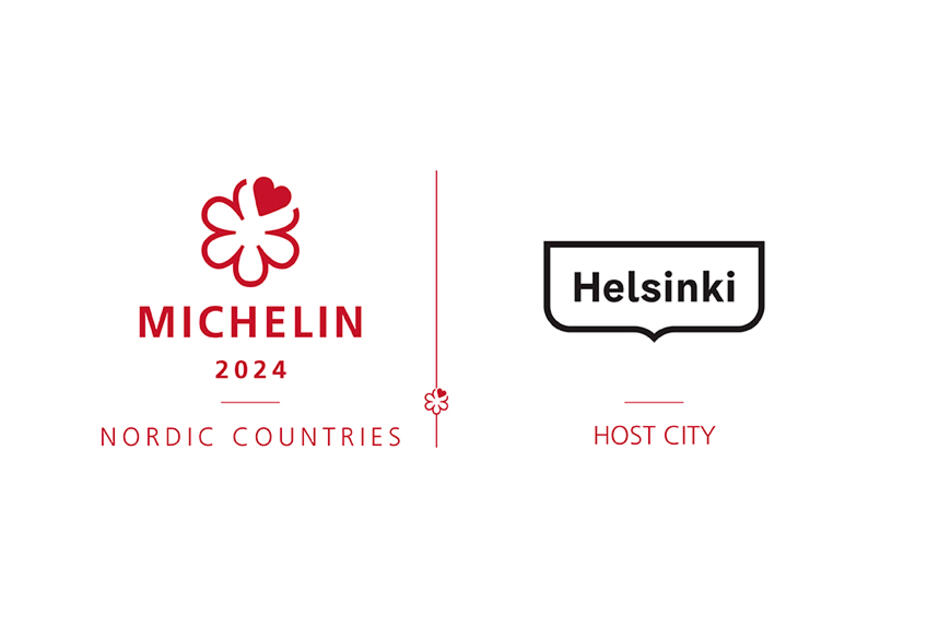Tasting events
Events where people can taste different kinds of food and drink always arouse an interest, especially if the raw materials, preparation methods or product location is associated with the setting. The history and story behind the scenes is also interesting, as is the presentation of the modern use and processing of the raw materials for different purposes. It would be an especially big win if we could host events featuring raw materials such as lingonberry, rhubarb, or pike.
Why lingonberry?
A widow and single mother of two from the eastern Finland town of Imatra called Ilma Lindgren fought to secure Every person’s rights for all Finns in the early 20th century. The owner of the land where Ilma was picking lingonberries demanded that she handed over the berries for his own use. This was the beginning of a six-year-long legal battle between the working-class woman and the landowner. Ilma refused to give up, insisting that it was her right to pick the wild berries. The great lingonberry showdown ended with a 1920 decision from the Supreme Court of Finland that decided in the woman’s favour. Therefore, lingonberry is the best reflection of Every person's rights, the many uses of forest berries in Finland, and Finnish perseverance.
Why pike?
Pike is a superior source of local food and a useful predator that eats cyprinids. Pike is also an excellently tasting fish, and its white and lean meat lends itself perfectly to a whole range of delicacies. Thanks to Helsinki’s location by the sea, it is possible to fish for pike in many different ways, and a catch is almost always guaranteed. We want to encourage residents and visitors to eat more local fish that are caught in the wild, and pike is an excellent raw material for this purpose.
Rhubarb?
One of the longest-standing traditions of the capital’s birthday tradition on Helsinki Day is the public invitation to enjoy a cup of coffee at a morning event hosted by the mayor. Already for a couple of decades, residents of Finland’s capital have celebrated their hometown’s big day by enjoying a slice of rhubarb pie, prepared according to a traditional recipe. Rhubarb pie has been established as the city’s official birthday delicacy, as the month of June is typically a good rhubarb season with plenty of Finnish rhubarb available. Rhubarb pie is a great early-summer delicacy, and it has become a unique tradition for Helsinki. Rhubarb can be found in many home gardens in Helsinki, and it is local food at its finest.
Special foods or menus
Many Helsinki restaurants are already catering exceptionally well to many special diets. This could be developed into a special diet menu with matching stories for different seasons, such as the food festival’s early summer months. Consideration for special diets is one of our strengths. Only a few other countries come close. Highlighting special diets is related to inclusive tourism and functions as a distinctive pull-factor on the global market.
Meals with programme
Meals with a programme that combine culture and tasty food are a perfect theme for the events of the Helsinki food year. Meals and a performance are a great way to build a range of options that cater to different target groups. You can create experiences that attract, for example, music or dance lovers, magic in the food and on stage, themes from Finnish cultural heritage, or perhaps Helsinki specialties (menus written in Helsinki slang, artists that match the theme, and Helsinki’s unique flavours). The sky is the limit when it comes to creating creative dining experiences that are both culinary pleasures and deeply entertaining.
Guided tasting and restaurant tours
Guided tours can be built around a certain theme to incorporate visits to, for example, different cafes or restaurants. Participants take a break and a little taste in each venue, before moving on to the next place. The tour can include manufacturing venues, market halls, restaurants and cafes at a suitable distance from each other. Companies can arrange a joint mushroom or berry picking tour or arrange some other forest-based excursion to admire Finland’s magnificent natural environment.
Observing the work of a professional
Another great alternative would be an event where visitors could watch a professional working prepare food, tell stories, and discuss their work. Do you have a special food or drink-related skill that you would be willing to demonstrate to others?
Cooking and dining together
Small-scale home visits, where the raw materials are collected or retrieved together, if possible, and also cooked and eaten together are popular among international tourists. Baking cinnamon buns or blueberry pie or cooking something like mushroom soup would be an eminently suitable activity. The food is always at the core of the events, but they are also a chance to exchange cultural views, discuss everyday life, and introduce the host’s home to the guests.
